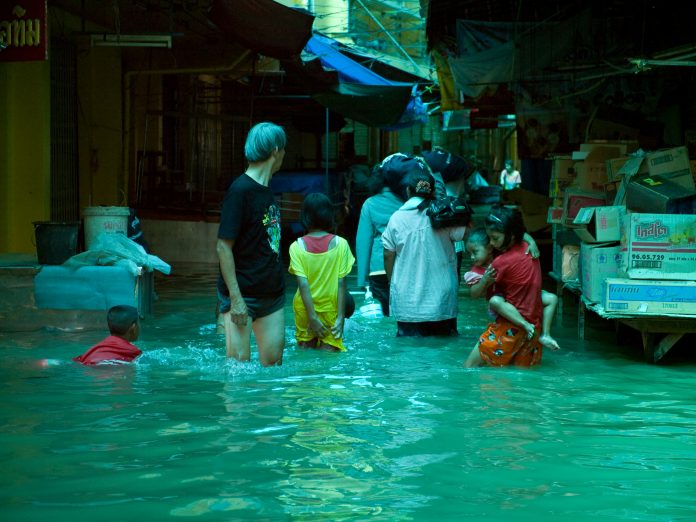Researchers at the University of California found that climate change will move the tropical rain belt by 2100 – significantly impacting the food security of billions
The tropical rain belt is a narrow band of heavy rain that wraps around the equator, bringing monsoon rains and tropical climates to various countries. For centuries, people have lived in these landscapes and known how to farm them. In a symbiotic relationship with the land, they built their livelihoods.
Now, as the earth continues to warm, the rain belt is moving
Researchers at the University of California, Irvine, say that this future climate shift is coming within the century.
The narrow band of heavy rain is going North, as rises in carbon emissions create changing conditions for the rainclouds. This development is what researchers are afraid of.
If the tropical rain belt moves in full, then billions of people will be impacted by the stark change in weather. Food security is already at risk, with COVID-19 related changes in fishing, farming and manual labour. But the droughts, delicate ecosystems and floods that would come from this weather-change threaten to create a difficult world ahead – even if vaccinations reach every human on earth.
The team made the assessment by examining computer simulations from 27 climate models and measuring the tropical rain belt’s response to a future scenario in which greenhouse gas emissions continue to rise through the end of the current century.
Intensified flooding in southern India and more places
“The complexity of the Earth system is daunting, with dependencies and feedback loops across many processes and scales,” said corresponding author Efi Foufoula-Georgiou, UCI Distinguished Professor of Civil & Environmental Engineering and the Henry Samueli Endowed Chair in Engineering.
“This study combines the engineering approach of system’s thinking with data analytics and climate science to reveal subtle and previously unrecognized manifestations of global warming on regional precipitation dynamics and extremes.”
According to the study, a northward shift of the tropical rain belt over the eastern Africa and the Indian Ocean will result in future increases of drought stress in southeastern Africa and Madagascar, in addition to intensified flooding in southern India. A southward creeping of the rain belt over the eastern Pacific Ocean and Atlantic Ocean will cause greater drought stress in Central America.
Asia will ‘heat up faster than in other regions’
Co-author James Randerson, UCI’s Ralph J. & Carol M. Cicerone Chair in Earth System Science, commented: “In Asia, projected reductions in aerosol emissions, glacier melting in the Himalayas and loss of snow cover in northern areas brought on by climate change will cause the atmosphere to heat up faster than in other regions.
“We know that the rain belt shifts toward this heating, and that its northward movement in the Eastern Hemisphere is consistent with these expected impacts of climate change.”
What can be done to stop this?
Foufoula-Georgiou said that a next step is to translate those changes to impacts on the ground, in terms of flooding, droughts, infrastructure and ecosystem change to guide adaptation, policy and management.
Another would be to make sure that carbon emissions start going down, as soon as possible.
Lead author Antonios Mamalakis, PhD in civil & environmental engineering and postdoctoral fellow in the Department of Atmospheric Science at Colorado State University, commented: “Our work shows that climate change will cause the position of Earth’s tropical rain belt to move in opposite directions in two longitudinal sectors that cover almost two thirds of the globe, a process that will have cascading effects on water availability and food production around the world.”











